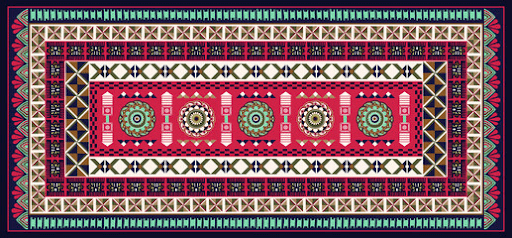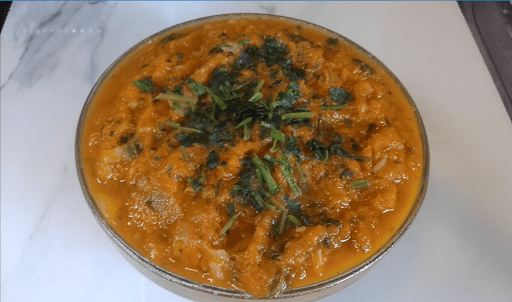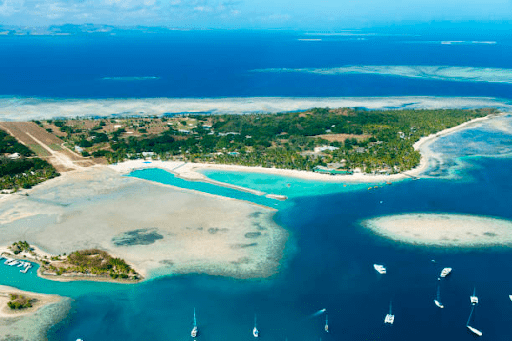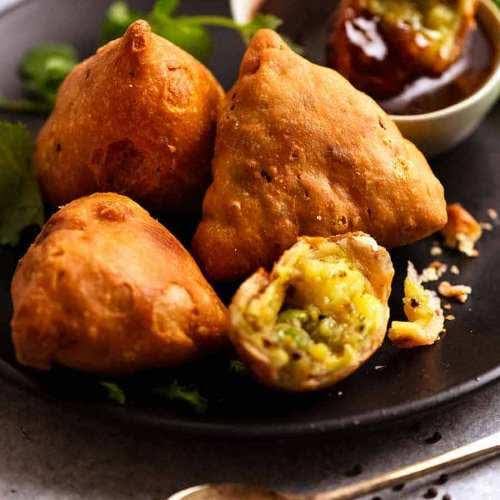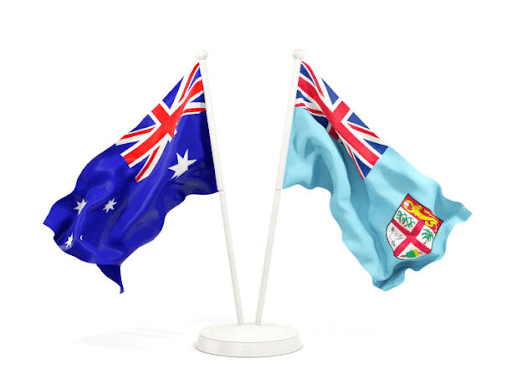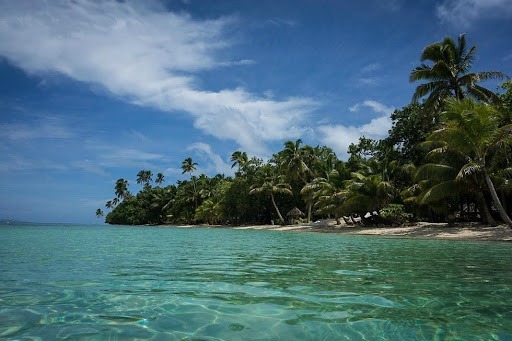All about Fijian masi or barkcloth
A popular art form in Fiji is the creation of the Fijian masi, also known as tapa cloth. The bark cloth commonly known as tapa was named by early explorers who derived the term from Tahiti, Samoa and Tonga where the word was used to refer to the white unpainted borders of the finished product. Masi is made from the inner bark of the paper mulberry tree (Broussonetia papyrifera). Masi can be used as a ceremonial dress, garments, wall décor, table mat or blanket.
How to create Fijian masi?
Making masi requires a lot of hard work. Fijian women strip the bark, soak it in water for a few days, and then beat the strips with a wooden mallet (ike) into sheets of varying thickness and size. Then the edges of the smaller pieces of cloth are overlapped and felted or glued until the masi is the desired size.
Once the cloth is prepared, designs are added using red, brown or black dye. In decorating barkcloth, Fijians employ a great variety of techniques to create elaborate patterns of motifs. The different kinds of masi include masi kesa (stencilled), masi kuvui (brown or smoked), seyavu (white or plain), and masi vakarerega (yellow). The different colours reflect a person’s rank in society, with white or brown masi used by thoe chiefs. The bold rectilinear patterns on the present work were produced through the use of stencils, traditionally made from banana leaves or other large-leaved plants. Nowadays, x-ray film appears to be a unique technique to Fiji.
In the Lau islands of eastern Fiji a Tongan-style rubbing technique using a tablet or rubbing board (kupeti) was also used on large sheets of cloth. The resulting cloth, (gatuvakatoga), was commonly used in chiefly ritual.
Significance of the pattern or design
There is usually a story or meaning behind the pattern created, and many motifs are highly protected in Fiji. In villages, masi traditions and patterns are passed down through the generations. Artists who move out of their village often continue to make masi, bringing their traditions and patterns with them.
Fijians use the juice of the mangrove tree’s bark to create the paint or dye to decorate the masi. To make black paint, the soot of burned candlenut fruit is added to the mangrove juice. To make red or brown paint, red clay from the earth is added. Mangrove trees and candlenut trees grow in Fiji. The patterns and motifs are painted free-hand, stenciled, or stamped on to the masi with these natural dyes.
Fijian artists make masi using materials they have on hand and inspiration from their natural environment. Since Fiji is made up of hundreds of islands, shells, the sea, or the native plants are common motifs.
What’s masi used for?
In the past, Fijian masi was used for men’s clothing, bedding, house partitions and mosquito curtains. Fijians display and present them as ceremonial gifts during important ceremonies such as weddings, births and funerals. Some masi kesa are so huge that it requires many people to carry and present them in a ritual procession. After receiving the cloth, the ranking chief orders it to be cut into smaller pieces to be distributed to different individuals, who preserve them.
Traditionally, masi was also worn for ceremonial purposes by the Chiefs of the different villages. Masi is still used within the home as a blanket or mattress, and the accumulation of masi is seen as a sign of wealth. Masi was also presented to dignitaries during special functions or celebrations. In the Kingdom of Tonga, the King often walks on masi carpets during official ceremonies.

